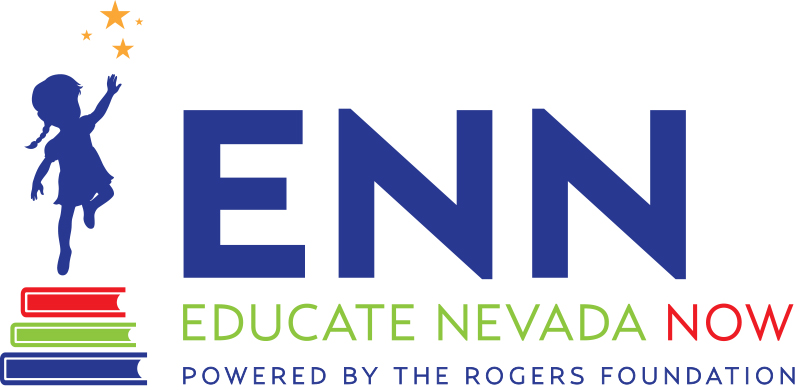Weighted school funding plan needs to ‘work for every child’
This article originally appeared in the Las Vegas Sun on February 12, 2017 and can be found here.
Weighted school funding plan needs to ‘work for every child’
Sunday, Feb. 12, 2017 | 2 a.m. For proposing new state funding to benefit English language learners and low-income students in Nevada public schools, Gov. Brian Sandoval deserves some credit.
Sandoval’s plan starts out OK, steering $107 million in new funding to Zoom schools ($42 million), Victory schools ($30 million), special education ($30 million) and gifted and talented programs ($5 million).
Given that the Zoom and Victory programs are aimed at schools with large populations of English language learners and low-income students, respectively, Sandoval is taking a step in the right direction by directing additional funding to those areas.
But not all ELL and low-income students attend Zoom and Victory schools, and that’s where Sandoval’s plan falls short.
Nevada needs a funding formula that levels the playing field for all students by ensuring that those with the greatest needs get additional state funding.
Students with a limited grasp of English, those who deal with poverty and those with special needs cost more to educate than English-proficient peers from middle-class or affluent homes. But there are several schools, especially in Southern Nevada, that are not Zoom or Victory schools despite having large percentages of English learners and students who receive free or reduced-cost meals. In some of those schools, those percentages are well over 50 percent.
Although Sandoval calls his plan a weighted funding formula that “works for every child,” it’s actually not a weighted formula in the traditional sense of the term. It will actually keep some children on an uneven playing field considering that the funding for ELL and low-income students is funneled to Zoom and Victory schools and not all schools who serve those students.
That being the case, Nevada needs a true weighted funding formula. Such a formula establishes the costs of educating different groups of students — those with average needs, English language learners, low-income students, and those with learning disabilities or other special needs. For the groups that require additional funding, the formula sets a multiplier that is used to determine the amount of state funding that should be apportioned.
Setting that formula now would add significantly to the costs of public education in Nevada — more than $1 billion, by some estimates.
Given that Sandoval pushed through a $1 billion-plus tax increase for education only two years ago, approving a similar chunk this year isn’t going to happen.
But Nevada lawmakers can — and should — embark on a multisession path to getting it done. That could begin with approving Sandoval’s $107 million in new funding this year and adopting a funding formula. Then, during the 2019 session and 2021 sessions, lawmakers could ramp up the funding.
In addition, lawmakers should work toward correcting another fundamental flaw of Sandoval’s plan. That would be the governor’s call to pump $60 million into the state’s Education Savings Account law, which provides state funding for parents to send their children to private school, home school them or find other alternatives to public schools.
That money should go to public schools. The ESA program in its current form does little beside offset the cost of private education for wealthy families. It doesn’t provide enough funding to totally cover tuition at most private schools, meaning many lower-income families still couldn’t afford private education for their kids.
Conservatives will howl at any attempt to go beyond Sandoval’s plan — shoot, they’re not even happy with what the governor proposed — but let them.
The current funding approach has been in place since the 1960s, when Nevada’s population was a fraction of its current size and the state was far, far less diverse than it is today.
Sticking to the status quo isn’t working, as evidenced by study after study showing that we rank at or near the bottom of states in student achievement.
Sandoval’s plan will help us dig out. But as the session plays out over the next four months, lawmakers should push it much farther.
